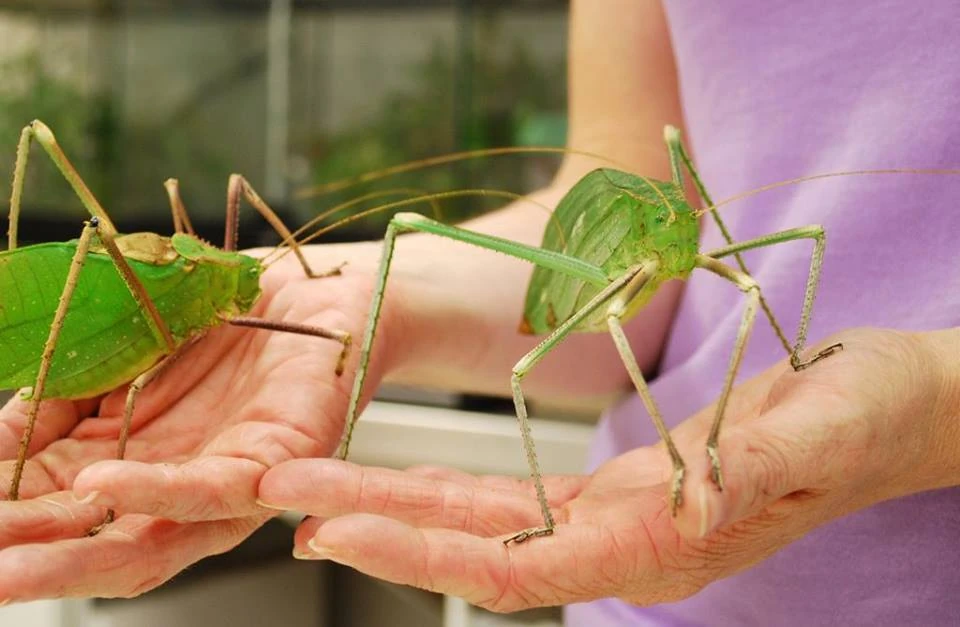Gogyeng
Arachnobaron
- Joined
- Jun 19, 2019
- Messages
- 310
Here in uk, it is common to see the locusts (Locusta migratoria) in pet-shops kept as food-supply for reptiles and arachnids alike. Locusts themselves are interesting animals but are far more fragile and hard to reproduce than other commercial insects including Morio beetles etc. Likewise other members of acrididae, tettigonidae include the great green bush cricket Tettigonia viridissima, uk native bush-cricket. Like most katytids they are carnivourous. I wondered if anybody had had any luck keeping less common species.

